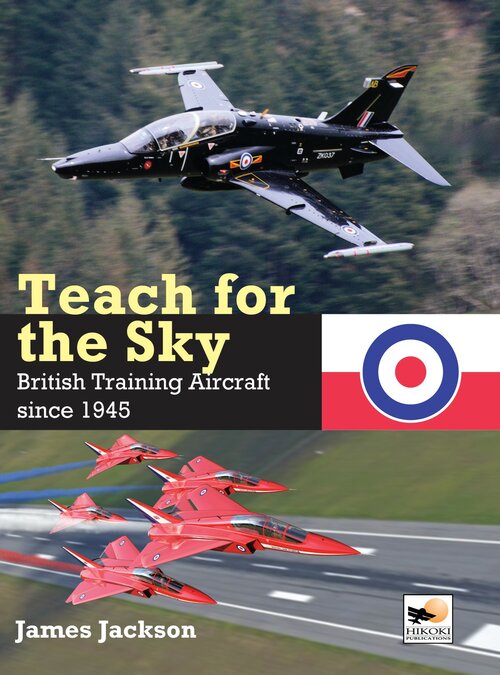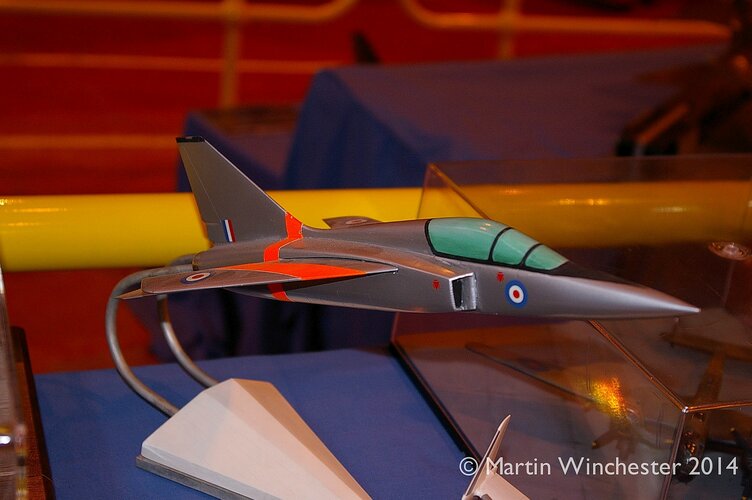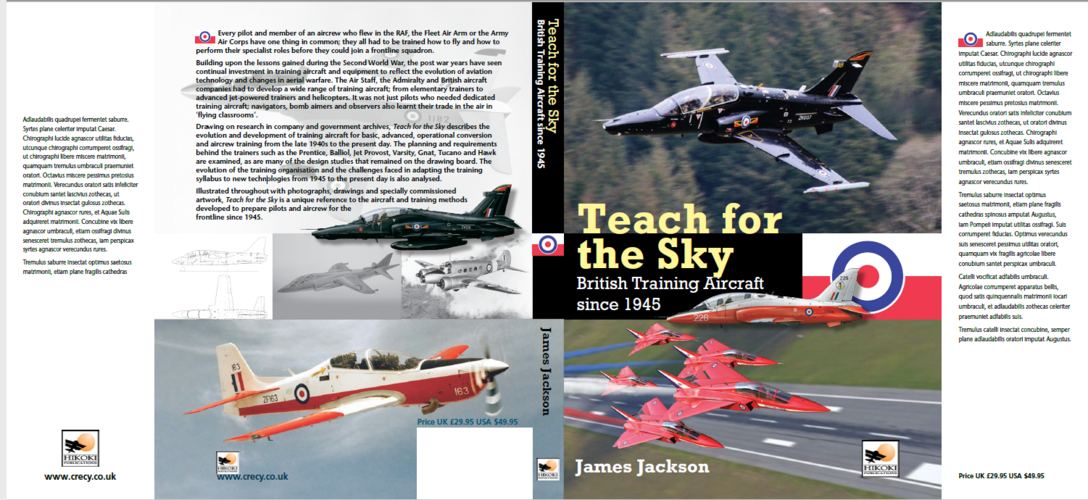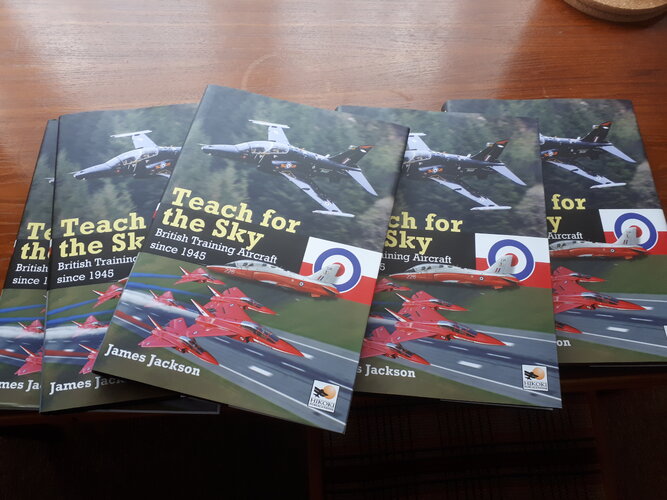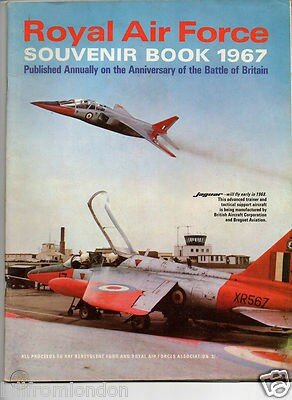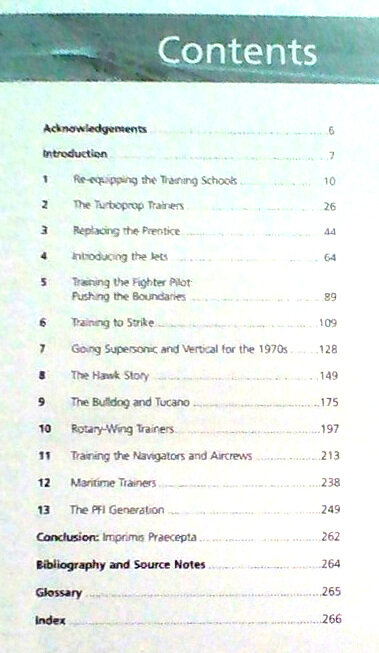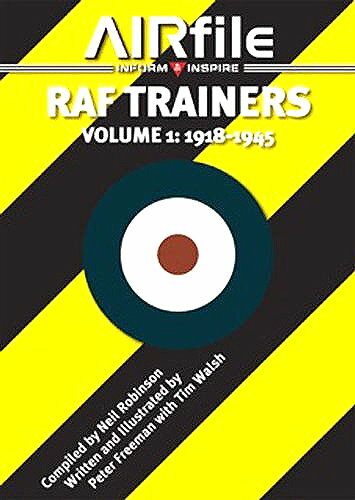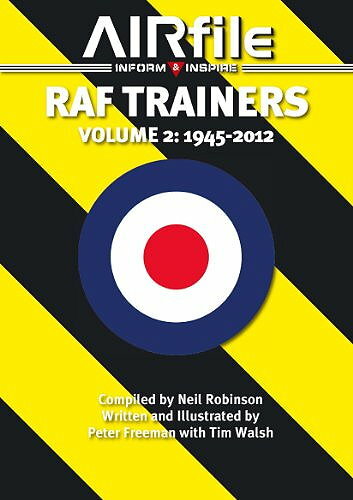To me it is very suspicious that all these are simply listed as "Basic Trainer T.16/48". Sounds like the authors of The British Aircraft Specifications File were working from a list of supposed T.16/48 tenders and in the absence of hard evidence of actual designs put these in as placeholders.
As far I can ascertain, that list is probably from Ray Sturtivant's History of British Military Training Aircraft published in 1987. His list is: Provost, HPR.2, Air Service Training, Airtech, Auster A.9, Avro, Blackburn & General B.80, Boulton Paul, Chrislea, de Havilland, EEC, Elliotts, Fairey, Folland, General Aircraft, Heston, Miles, Planet, Portsmouth Aviation, Scottish Aviation, Slingsby, Westland.
Sturtivant was another stalwart of Air-Britain and presumably passed it to the Specifications File team, but how he compiled the list is unlikely to ever be known (he died in 2008).
I will say that his list is inclusive of the known tenders but only identifies two by an actual design number (A.9 and B.80), which is a sign that when he complied his list he probably hadn't seen the actual files at Kew but was reliant on Putnam's and other published sources from that time.
As I say it is impossible for Miles to have tendered. After Miles Aircraft had been taken over by its financiers in December 1947, the design and manufacture of aircraft was ended by the new Board. As we know, Handley Page acquired the Reading site during 1948. The specification for T.16/48 was not received at Reading until just before Christmas 1948 and the (now HPR) design team leapt on the work provided to give them something to do - this is clearly documented in the files at Kew. So how could Miles have designed an aircraft a year before T.16/48 was even issued?
The other unknowns might well be untendered designs but they might equally be other trainer designs not specifically intended for T.16/48 but lumped together by coincidence of date (and the fact that T.16/48 seemed to hoover up designs from every wannabe designer in the country).

